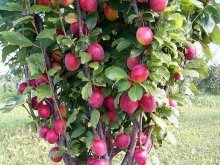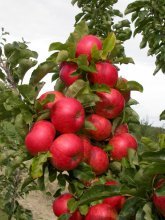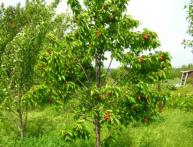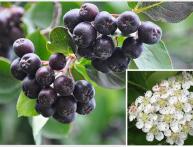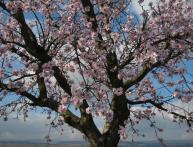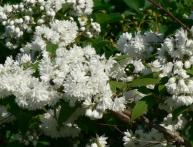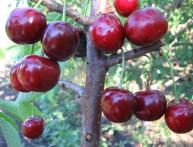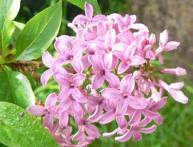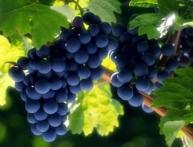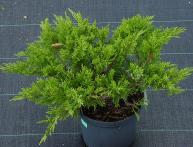Columnar garden: pros and cons, growing columnar trees
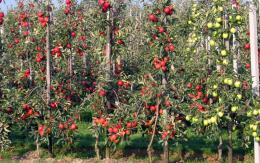
When planting any fruit or ornamental plantings, you can choose not only certain crops, but also plants with different crown shapes. The crown should be understood as the totality of all branches from the first branch on the main trunk of the plant to its top. Most often you can find trees with crowns:
- spreading
- pyramidal, with sharp apexes
- narrow pyramidal
- columnar
- weeping
Let's consider the question of what a columnar crown is and what advantages a columnar garden has.
Content:
- Columnar shape, pros and cons of columnar gardens
- Columnar apple tree, planting
- Planting and caring for trees in a columnar garden
Columnar shape, pros and cons of columnar gardens
For the first time, attention was paid to the apple tree with an unusual crown in Canada. This happened around the middle of the last century. Perhaps as a result of an unknown natural mutation, one of the branches of the tree was dotted with numerous fruiting branches on which apples were located.
Sometimes, at first glance at a tree with a columnar crown, it may seem that it has no branches at all and consists of one trunk.
However, it is not. These trees still have a crown. Its width is approximately the same throughout. The columnar form most often either does not have lateral branches, or they are cut quite short.Flowers and fruits on columnar plants are formed on numerous shortened shoots - ringlets or on spears that end in a bud.
With such a crown, it will seem that the flowers and fruits are located directly on the trunk. A distinctive feature of columnar crown ringlets is shortened internodes - the distances between neighboring buds. In young people seedlings the trunks appear much thicker than those of related plants of the same age. In addition, they should completely lack side branches.
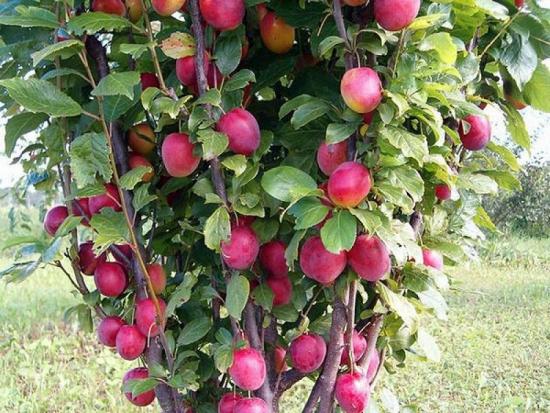
The advantage of a columnar crown is its compactness. As a result, you can increase the number of plants on the site. This is convenient when the plot is of modest size. Since columnar trees have rather modest growth rates, they rarely reach large sizes. This makes gardening easier, including harvesting. Columnar forms are characterized by early ripening; they can produce a harvest in the second year.
In addition, gardens consisting of columnar trees are highly decorative. This allows them to be used in landscape design, when designing alleys and paths. A significant disadvantage of a colony garden is its fragility. Most often, the lifespan of such plants rarely exceeds 15 - 20 years. In addition, if there is no skill and experience in caring for columnar trees, they can quickly lose their shape.
This is also possible when purchasing a seedling from an unscrupulous seller, when the plant only looks columnar.
It is also important to take into account that the plant should be grafted only onto dwarf rootstocks, otherwise neither flowering nor fruiting may occur for a very long time. Also columnar Gardens with intensive fruiting greatly deplete the garden soil, which requires additional enrichment with fertilizers. Since the first columnar plant to gain popularity was the apple tree, let us consider the conditions for planting and growing in the garden using its example.
Columnar apple tree, planting
As mentioned above, the history of columnar apple trees began in Canada. For the first time, an unusual branch was discovered on a McIntosh apple tree. The plant was already 50 years old when the owner noticed a strange fruit-bearing branch. When material for grafting was prepared from the plant, all grafted specimens looked the same. It is important to note that true columnar apple trees retain their shape with virtually no human intervention.
In the absence of powerful side branches, they require almost no pruning; their trunks are literally strewn with ringlets. The timing of the appearance of the first apples depends on the type of rootstock. In one case, fruiting is possible even in the first year, in another - in the second year. In the next 7 - 8 years, the yield of columnar apple trees only increases. After this, it remains at the same level for another 5-6 years. The total lifespan of columnar apple trees is 15 - 17, sometimes 20 years.
A decrease in yield may be associated with the death of ringlets. They do not recover on columnar apple trees. Trimming, which stimulates the growth of new ringlets, does not give results here. In the most favorable scenario, new growths may appear on the topmost tier, while the trunk will remain bare. In the southern regions, columnar apple trees of English selection can be recommended for growing:
- Trident is an early winter variety, the most densely fruiting, in the first year produces up to 1 kg of fruit, an adult tree produces at least 4 kg of apples, fruits weighing 100-120 g, conical shape, yellow-green color, red blush over the entire area of the fruit
- Taskan - apples weighing 160 - 180 g, round in shape, slightly flattened, yellow-green in color with a pink blush on the sunny side
- Teleimon - autumn variety, apples are round, with slight ribbing, weighing 150 - 190 g, main color green, red blush
All of these varieties have high disease resistance, but low winter hardiness. Among the domestic varieties, we can note the popular columnar apple trees:
- Currency
- The president
- Dialogue
- Ostankino
- Arbat
The above varieties have the columnar gene and are grown on dwarf rootstocks. This is how they fundamentally differ from ordinary varieties, which are grafted onto super-dwarf rootstocks and subsequently shaped by column-type pruning. Despite the fact that in addition to apple trees, other garden crops with a similar crown shape have appeared, let us consider planting and caring for them using apple trees as an example.
Planting and caring for trees in a columnar garden
For columnar plants, including apple trees, choose places with good sunlight, fertile soil and far-flung groundwater. In terms of mechanical composition, loamy and sandy loamy loose soils with good water and air permeability are suitable. The best time for planting is spring, after the soil has completely thawed. Seedlings in containers can be planted throughout the season.
The distance between plants is 0.9 - 1.0 m, between rows - 1.0 - 1.2 m. The planting hole must correspond to the root system. Most often, 0.6 by 0.7 m is sufficient.A tablespoon of potassium and phosphorus fertilizers is added to the bottom of the pit. They install the seedling, cover the roots with soil, compacting it very carefully. Well watered seedling.
Some techniques for caring for columnar plants
Many people mistakenly believe that colony forms do not have powerful lateral branches. Such branches still appear. Usually there are 2 - 3, but there can be 10 - 12. Such branches are cut by treating the cut points with a special garden varnish or other specialized mixture. Regulating the number of flowers and fruits is a very important point. In the first year, it is advisable to completely remove all buds.
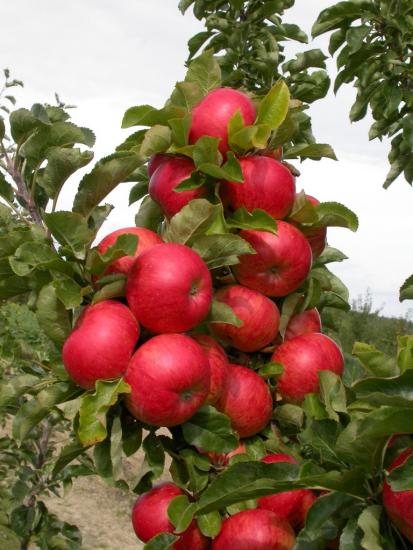
In the second year, flower bouquets are thinned out in several stages. The first thinning is carried out at the bud stage, removing every second bouquet; then the bouquets with the ovary are thinned out. There should be approximately twice as many ovaries left on the tree as the desired number of fruits. During the last thinning, only one of the two fruits is left.
Tinning and watering
Many columnar garden plants grafted onto dwarf rootstocks have very tiny and delicate roots. They can be harmed even by simply lightly trampling the ground under a tree. To avoid this, either cereals are sown under the trees, which are carefully mowed, or spicy herbs such as dill, which are cut off as they grow. In extreme cases, mulching can be used.
Columnar plants are watered either drip-wise, or after regular watering the tree trunk space is mulched with straw. Such plants also respond well to regular showers. Currently, not only apple trees, but also other crops are grown in columnar gardens:
- pears
- cherry plum
- plum
- apricots
To start growing a columnar garden, you can first plant several specimens of such crops.
Video about columnar trees in the garden:

